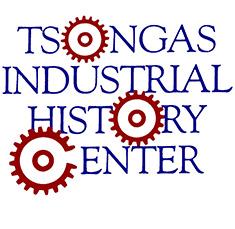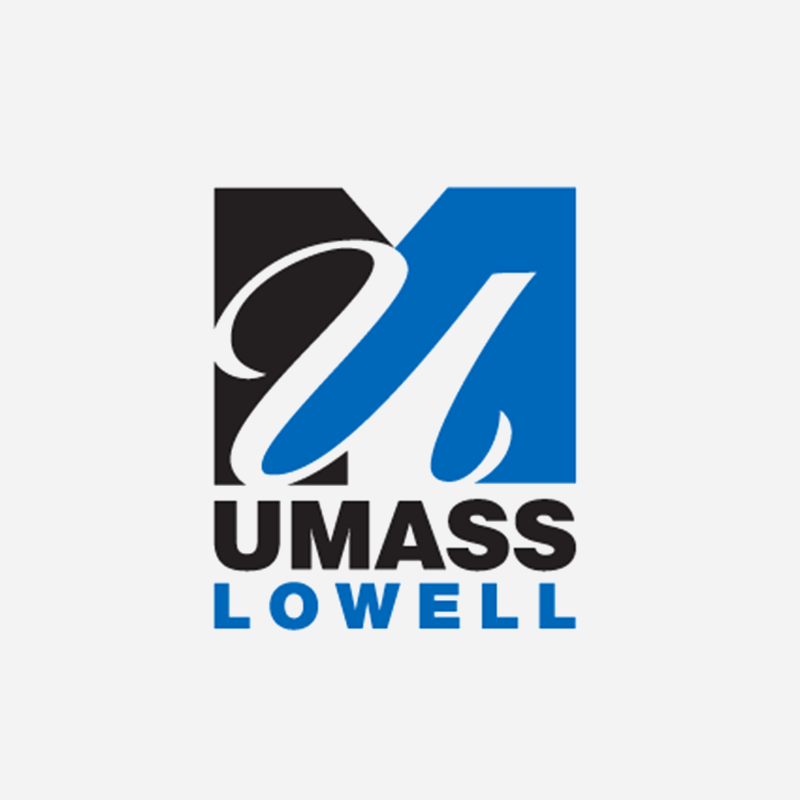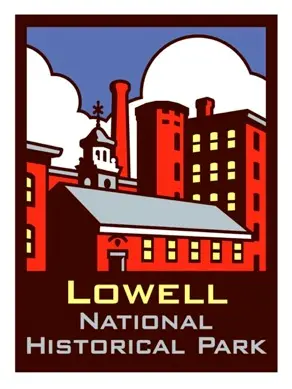Cotton Tales
The Story of a Cotton Boll's Journey from Plantation to Factory to Slave Clothing Prior to the Civil War
Overview
Students (grades 5 - 8) "become" a boll of cotton. After researching U. S. geography and history from the earliest days of the American Industrial Revolution up to the Civil War, they relate convincingly and accurately what the journey from cotton plant to Northern textile factory to slave clothing would have entailed.
Students grow cotton from seed (optional); examine maps depicting transportation routes, major rivers, and ports; read primary and secondary source material on the American Industrial Revolution and the antebellum South. Then students write a story or prepare a presentation that shows what happens to a boll of cotton picked by a slave, processed into cloth in a Northern factory, and possibly returned to the South to be made into slave clothing.
Materials
Optional: Unginned cotton (bolls with seeds are available at Lowell National Historical Park's museum store); samples of Boott toweling (also available at museum store); Cotton, Cloth, and Conflict curriculum packet (call Tsongas Center at 978-970-5080).
Required: Materials that inform students about conditions in early textile mills (e.g., those in Lowell) and conditions on cotton-growing plantations prior to the Civil War. Also recommended are materials (maps, videos, etc.) that show the importance of geography and climate to the growing and transportation of cotton. Good primary sources include the writings of mill operatives, mill and boardinghouse rules and regulations, slave narratives, plantation plot plans, and planters' journals.
Standards
This activity addresses the following Massachusetts Curriculum Frameworks Learning Standards: History/Social Science: 1 - 4, 6 - 10, 13 English/Language Arts: Language 3, 6; Literature 8, 9, 13, 17, 18; Composition 19 - 25; Media 26, 28
Modifications
Students doing this activity can gather and impart information in a variety of ways, using various pictorial and textual sources to create either a written report or some kind of dramatic or computer-based presentation.
Assessment Methods
Student papers and projects can be assessed for accuracy and depth of research, clear communication of ideas, creative and critical thinking, and demonstration of knowledge gained.
Student Sheet
The Story of a Cotton Boll's Journey from Plantation to Factory to Slave Clothing Prior to the Civil War"Become" a boll of cotton growing on a Southern cotton plantation in 1845. You end up spun into thread and woven into fabric in Lowell, and ultimately are made into an article of slave clothing.
Write a narrative that includes answers to the following questions. Go beyond these answers if you wish.
- Where did you grow? (Provide a description of the geography, mentioning the state, weather, and climate; make the setting authentic.)
- Who picked you? (Be specific--use slave narratives or journals to create believable and authentic characters. Give your character a name and a life.)
- How were you cleaned and baled?
- How did you get from the field to the port city?
- How did you get to Lowell? (What was your route? Did you stop at ports? Where? Did you travel by canal? By railroad?)
- Throughout your journey, what people did you meet?
- What adventures did you have along the way?
- What things happened to you when you first arrived in Lowell?
- What happened next? (And what did you see? What did you hear? How did you feel?)
- What did you overhear from the people who worked on you at the factory?
- After you became cloth, what were you used for?
- If you were made into clothing, who wore you and where did they live?
- What happened to your friends? Do you ever meet again?
- Do you ever end up back down South?
- If you do, and end up as clothes worn by a slave picking cotton, what are your feelings and thoughts? Do you say anything, offer any words of warning to your fellow cotton?
Bibliography
- America at Work: The Industrial Revolution. Cobblestone, Volume Two, Number Nine, September 1981.
- Butts, Miriam and Patricia Heard. Jackdaw No. A32, The Early Industrialization of America: From Wharf to Waterfall. Amawalk, N.Y.: Golden Owl Publishing Co., Inc., 1977.
- Cherry, Lynne. A River Ran Wild. San Diego: Harcourt, Brace, & Co., 1992.
- Gifford, Shirley. A Letter to Hannah. Lowell, MA: The Editors, Inc., 1986.
- Mill Life in the 1840's: Roots of American Industry (Student Guide Book, Team Planning Guide, Supplementary Reader). Upper Saddle River, N. J.: Prentice-Hall, Inc., 1996.
- Paterson, Katherine. Lyddie. NY: Lodestar, 1990.
- Pfordresher, Kate. Daughters of Free Men. Student Guide and Video. Wyckoff, N.J.: American Social History Project, 1987.
- Stowell, Stephen. "Building America's Industrial Revolution: The Boott Cotton Mills of Lowell, Massachusetts," Teaching with Historic Places. Washington, D. C.: National Park Service.
- Tsongas Industrial History Center. The World of Barilla Taylor (kit of primary sources and curriculum).
- For maps of the Merrimack River Watershed, contact Merrimack River Watershed Coordinator, c/o NEIWPCC, 255 Ballardvale St., Wilmington, MA 01877.
- Davis, Ossie. Escape to Freedom: A Play about Young Frederick Douglass. New York: Viking Press, 1978.
- Hamilton, Virginia. Many Thousands Gone: African Americans from Slavery to Freedom. NewYork: Knopf, 1992.
- Howard, Richard. Black Cargo. New York: G.P. Putnam's Sons, 1972.
- Latham, Frank B. The Dred Scott Decision, March, 1857. New York: Franklin Watts, Inc., 1968.
- Lester, Julius. To Be a Slave. New York: The Dial Press, Inc., 1968.
- Murphy, Paul C. Since 1776: A Year-by-Year Timeline of American History. California: Price Stern Sloan, Inc., 1988. (ISBN: 0-8431-2276-5)
- National Geographic Society, Educational Video Presentations. United States Geography Series, The Lower South. Washington: National Geographic Society.
- National Geographic Society, Educational Video Presentations. United States Geography Series, The Upper South. Washington: National Geographic Society.
- Sharp, Vicki. F. Hyperstudio 3.1 in One Hour, Macintosh. California: International Society for Technology in Education, 1997.
- Wagner, Roger. Hyperstudio. 10 Pioneer Way, Suite P. El Cajon, CA 92020.
- Internet: Hyperstudio
- Developed by Sally Smith, Nashoba Brooks School, Concord, MA.


